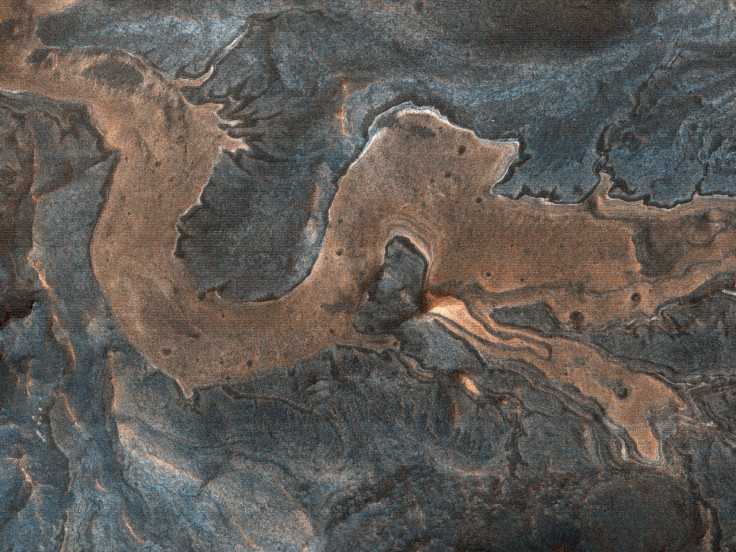Mars Ancient Valleys Carved By Ice Sheets, New Study Reveals
KEY POINTS
- Researchers analyzed how the valleys on Mars formed
- The study revealed that the valleys were formed by ice sheets
- Researchers believe that rivers did not cause the formation of the valleys
Flowing rivers of liquid water might not have been responsible for the formation of valleys on Mars. A new study has revealed that the Martian surface may have been carved by massive ice sheets.
The researchers presented their findings in a new study published in the journal Nature Geoscience. They made the discovery after comparing Mars’ surface to Devon Island in the Canadian Arctic.
These two regions have a couple of similarities. Researchers noted that the valleys on Mars resemble the appearance of the subglacial channels in Devon Island.
The researchers conducted their study by comparing data on over 10,000 valleys on Mars to satellite images of the channels in Devon Island. Through their observations, they learned that the valleys on Mars may have been formed by massive ice sheets during the time when the Red Planet still had cold temperatures.
According to the researchers, the valleys most likely formed as the meltwater flowed between the ice sheet and the ground below it. The erosion caused by the flowing meltwater led to the formation of the valleys.
“These results are the first evidence for extensive subglacial erosion driven by channelized meltwater drainage beneath an ancient ice sheet on Mars,” Mark Jellinek, co-author of the study, said in a statement. “The findings demonstrate that only a fraction of valley networks match patterns typical of surface water erosion, which is in marked contrast to the conventional view.”
The new study contradicts the previous notions that suggested the valleys on Mars were formed by the erosions triggered by rivers and oceans. According to the researchers, images of the Martian valleys provide distinct clues on how they were formed.
“For the last 40 years, since Mars's valleys were first discovered, the assumption was that rivers once flowed on Mars, eroding and originating all of these valleys,” Anna Grau Galofre, lead author of the new study, said in a statement.
“But there are hundreds of valleys on Mars, and they look very different from each other,” she added. “If you look at Earth from a satellite, you see a lot of valleys: some of them made by rivers, some made by glaciers, some made by other processes, and each type has a distinctive shape.”

© Copyright IBTimes 2024. All rights reserved.





















